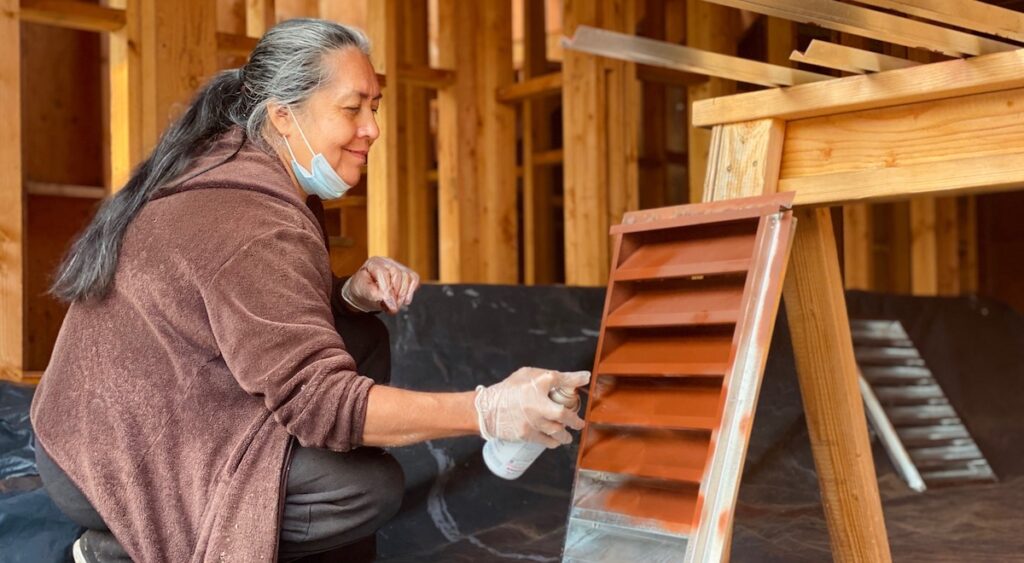Socioeconomics
Lack of affordable housing affects every demographic
The Socioeconomics of Affordable Housing
First, we noticed a shift.
St. Helena has been a desirable place to live and visit for many years. From the late-1800s to the mid-1900s, the town served as a rural agricultural center. In 1976, Napa Valley was put on the map during the infamous Judgment of Paris.
Since then, the wine industry grew exponentially, and as a result, so too did the tourism industry. Of the 3.85 million visitors to Napa Valley in 2018, 56.6% visited St. Helena.
These visitors really like St. Helena, and many are repeat customers. While most are just visiting, some decide to stay for good or purchase second homes here so they can visit more regularly.
The impacts to demographics and economics influence many aspects of St. Helena’s small-town character. For example, we’ve noticed:
- More houses are being marketed as short-term rentals instead of long-term housing for locals
- An increase in the number of houses being purchased and converted to second homes
- Increasing pressure to build hotels to increase the TOT tax revenue of St. Helena (which is equal to 10% of the city’s operating budget each year)
- More jobs for moderate- to low-wage workers in up-valley destinations as the hospitality industry emerged as an important source of revenue (but housing growth hasn’t kept up)
- The full-time population of St. Helena is shrinking, as many families can’t afford a home here

The times, they are a-changing.
The founders of Our Town St. Helena first met in 2010. At that time, there had been no market-rate or low-income apartments built in St. Helena in more than 20 years.
- The median cost of a single-family house was far above $1 million — today, that figure has inflated to a median sale price of $1.75 million
- Nineteen St. Helena homes have sold in 2023 so far. The average sale price? $3.27 million
- A home buyer would need to earn at least $200,000/year to afford to buy a million-dollar home. The median household income in St. Helena is about $120,000
- Today, 36% of residents can’t afford to rent; 70% of residents can’t afford to buy a home
- Hunt’s Grove and Stonebridge income-qualified apartment complexes have 5-year waiting lists

The affordable housing problem is not isolated to farmworkers
First responders — police, firefighters, and healthcare providers — can’t afford to live here either. Same with teachers, and people who work in the hospitality and retail sectors.
Furthermore, St. Helena is home to many seniors who live on fixed incomes. These St. Helenans have lived here for decades and helped build the town we all know and love.
These groups contribute to the character of St. Helena, and in the case of first responders, help keep it safe. Everyone who has helped sustain St. Helena should be able to live here.
Some progress has been made, but not quickly enough
- In the last decade, Magnolia Oaks added two deed-restricted homes and 16 low-to-moderate rate rental units
- Turley Flats added 8 low-income units
- The McGrath project on McCorkle Ave. provided 8 market-rate rentals
- In 2019, OTSH acquired 963 Pope Street and deed restricted the 2-bedroom house as a moderate-income rental, formerly a vacation rental
- In 2021 OTSH purchased Christine Apartments and deed restricted the 4 apartments at low-income rents
- Completed in late 2022, OTSH’s Brenkle Court project created 8 self-built townhomes for first-time homeowners with incomes between 40 and 90 percent of the Napa County Area Median Income
- In 2018, Measure E passed with 80% of residents in favor. Measure E added 1% to the hotel tax rate, with the funds going to support local workforce housing

Do you live or work in St. Helena? Learn about ways to support OTSH here, or join our email list below to stay informed with regular emails.
Sign up for our Newsletter!
By submitting this form, you are consenting to receive marketing emails from: . You can revoke your consent to receive emails at any time by using the SafeUnsubscribe® link, found at the bottom of every email. Emails are serviced by Constant Contact